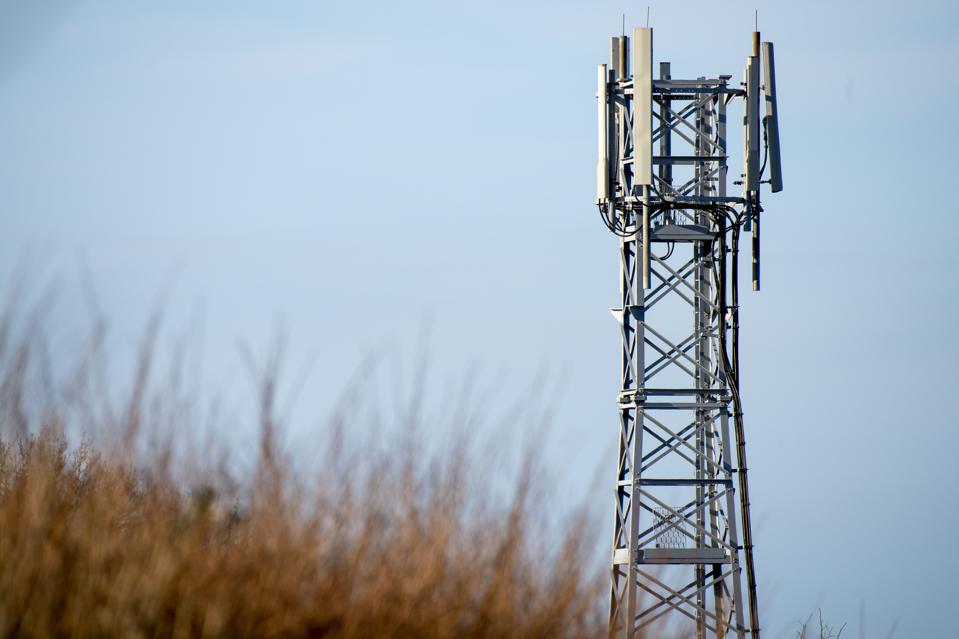what is a safe distance from a 5g cell tower are a brand new type of antenna that's being used by wireless companies to provide internet services. They're more capable than 4g towers and are bigger and stronger.
Many cities are becoming concerned that these towers could harm their residents. This includes privacy, health and aesthetic concerns.
what is a safe distance from a 5g cell tower

With 5G, the speed of radio signals is greater than 4G, which means it needs more towers to transmit data. This can increase the amount of radiation that can be emitted to our surroundings.
This is a big worry for HOA communities and real property investors, and others concerned about the negative health impacts. They worry that adding more 5G towers will lower property values and negatively affect public health.
The only solution to this issue is to change how we communicate - through WiFi instead of conventional cell networks. That's not going to occur overnight however it will happen eventually.
But how can that be accomplished? What can we do to ensure that it is safe? The answer lies in the technology inside of cell towers, also known as small cells.
They're More Expensive
If you're in the city, you've likely noticed large towers of cellular equipment that sit atop towers and structures. These are 4G cell towers and are used to offer wireless network service to surrounding regions.
They're typically between 50 and 200 feet talland are designed to blend in with the environment to reduce the visual impact. Compared to what is a safe distance from a 5g cell tower , 5G requires a greater density of tower coverage to offer wide-area coverage.
Those dense cell sites can be difficult to maintain as they must be continuously in operation and delivering high speeds. This means they're more costly than other types of towers.
However, if you're a tower owner or the operator of a mobile phone network, it makes sense to upgrade your existing towers to 5G, in anticipation of the new technologies that are coming to market. Adding these newer technologies to existing sites will help to enhance the capabilities of your site and ultimately increase revenue for you.
They're More Dangerous
What is it that makes 5g towers bad?
One of the main issues with 5G towers is that they emit more radiation than other towers. This is due to the fact that they have to be placed in a more dense manner over an area in order to guarantee coverage.
The RF waves generated by cell phone towers do not have enough energy to damage DNA directly or to heat tissues of the body, however they can degrade chemical bonds in DNA, which can damage cells and cause cancer.
This makes people worried that living near a 5g tower could have negative health consequences.
This is because these towers have a higher chance to be situated near to homes and schools which can emit radiofrequency waves all the time. This means they'll be closer to you than before and there is a greater chance that radiation from them is absorbed by your body.
They're Not Necessary
5G networks use an entirely new portion of the radio spectrum that can transmit data. They are known as millimeter wave. They're much shorter than traditional radio waves with less than 1 to 10 millimeters in length, so they have a higher frequency and are able to transmit more power.
To deliver the ultra-fast speeds and low latency that 5G promises, it's essential to have a massive array of mobile towers. This means a lot of masts that be able to cover roads, cities, business districts, colleges as well as farms.
But there are other alternatives to provide high-speed internet in densely populated regions. One option is to build a series of tiny cell sites which are distributed in a dense manner to reduce coverage gaps.
But a major concern is where these cells will be placed and the impact they'll have on residents. Local governments and residents are working to determine ways to block these structures or stop them from happening in their communities.
